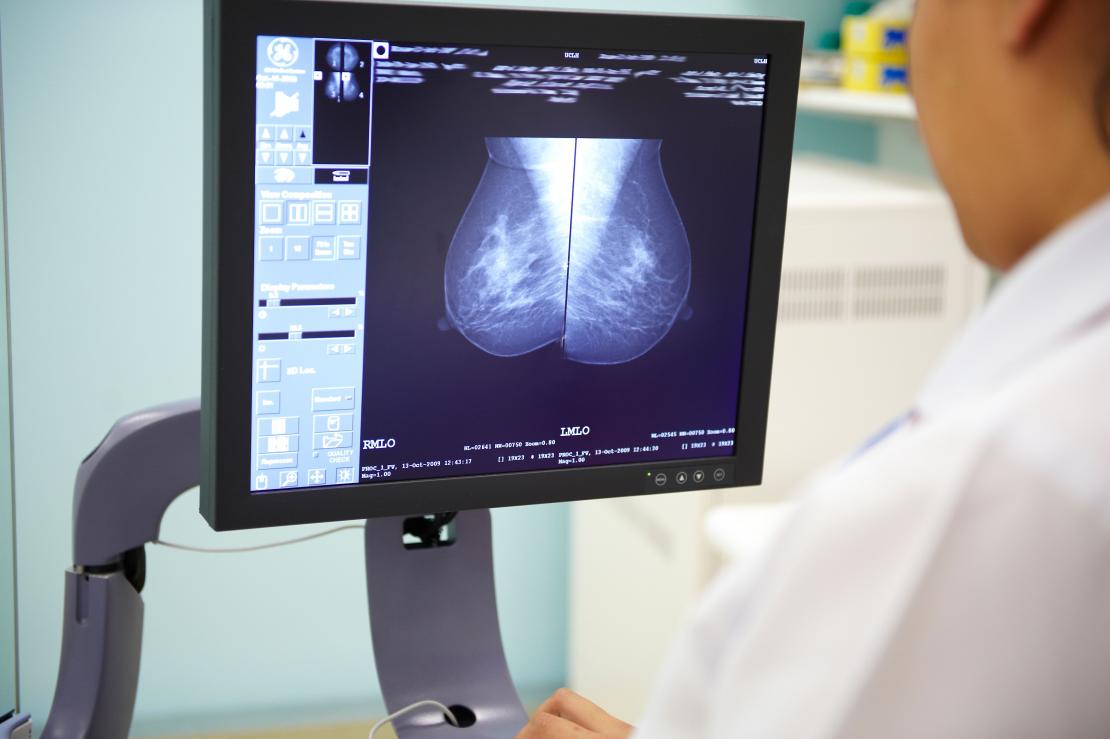New findings from the Cancer Grand Challenges PRECISION team suggest adipocyte size and COX2 expression could help to identify which people with ductal carcinoma in situ (DCIS) are at high-risk of developing invasive breast cancer in the future.
“Ductal carcinoma in situ (DCIS) is not cancer per se, and as long as it remains in the breast ducts it’s not dangerous. It doesn’t spread, it doesn’t hurt,” explains Jelle Wesseling, leader of the PRECISION team. But as it’s still unclear how to predict which people with DCIS may develop invasive breast cancer in the future, most DCIS patients currently receive pre-emptive cancer treatment. This implies that thousands of women with DCIS undergo needless hospital visits and intensive treatments, with the added burden of unnecessary stress, side effects and anxiety.
“We could see first-hand how a cancer diagnosis and needless treatment impacted our patients with DCIS, their mental health and their quality of life, and this drove the focus of our Cancer Grand Challenges team,” Jelle describes.
Hoping to identify markers that could predict future cancer risk, the PRECISION team analysed and compared pathology reports and health information from people with DCIS who did and didn’t go on to develop invasive breast cancer. The study’s first author, Mathilde Almekinders from the Netherlands Cancer Institute, had the idea of looking in detail at adipocytes – the fat cells surrounding the breast ducts. Despite being able to influence the behaviour of their neighbouring cells, adipocytes are not typically the focus of breast cancer studies.
Two key factors were identified as driving the progression of DCIS to breast cancer: the size of the adipocytes surrounding the DCIS lesion and the expression of the COX2 protein. If patients had small adipocytes coupled with low levels of COX2, their risk of developing breast cancer was very low (2.6%) – comparable to that of the general population.
But individuals with high levels of COX-2 and larger adipocytes were estimated to have around a 1 in 4 chance (28%) of being diagnosed with invasive breast cancer within 15 years.
Someday, measuring adipocyte size and COX2 expression could help predict whether or not someone’s DCIS will progress to invasive breast cancer. This could eventually mean thousands of women around the world might safely consider a ‘watch and wait’ approach to monitor their DCIS and could be spared treatment until it is necessary, potentially transforming their quality of life.
The research team is now collaborating with several clinical trials that look to predict breast cancer risk in people with DCIS, hoping to add adipocyte size and COX2 expression to the criteria being checked.
“[For people with DCIS,] there has to be a way to avoid such heavy medical interventions without compromising on an excellent health outcome,” Jelle describes. “I hope we’ve found it.”
Stay up-to-date with our latest news by following us on Twitter and LinkedIn.
Read the findings in NPJ Breast Cancer.
